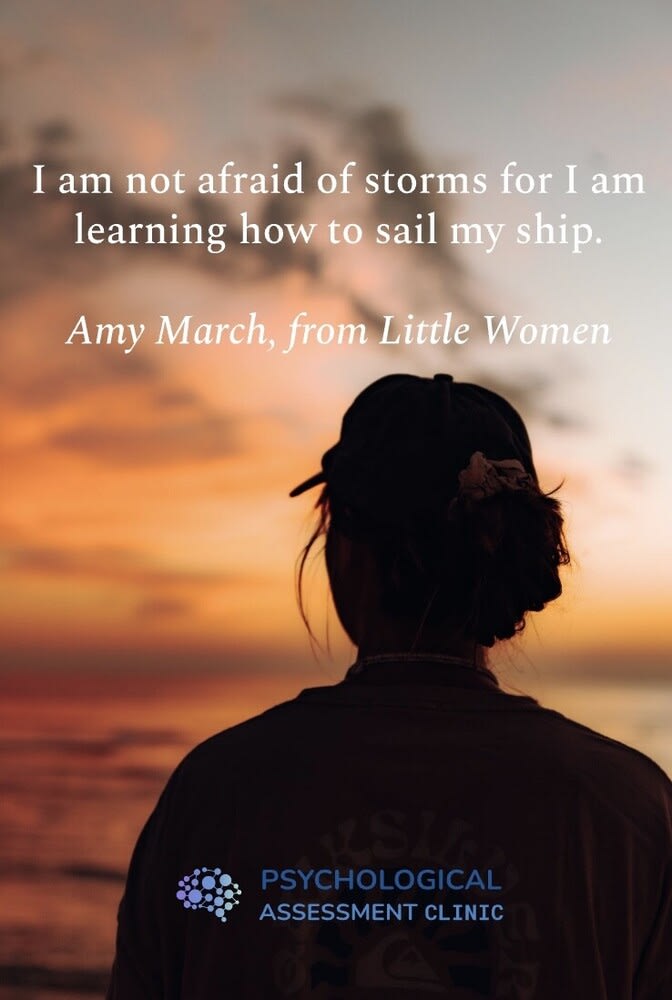Rejection Sensitive Dysphoria

posted 14th August 2025

Rejection Sensitive Dysphoria (RSD): Clarifying Its Role Within ADHD and Beyond
Rejection Sensitive Dysphoria (RSD) denotes an intensely painful emotional response to perceived rejection, criticism, or failure. Though widely discussed—especially among individuals with ADHD—it remains absent as a distinct diagnosis in the Diagnostic and Statistical Manual of Mental Disorders (DSM‑5). Nonetheless, RSD is a critical construct for understanding emotional dysregulation in clinical settings.
RSD and the DSM-5: Where Does It Sit?
Not a DSM‑5 diagnosis. RSD is not recognised as a standalone disorder in the DSM‑5 or DSM‑5‑TR; it lacks formal diagnostic criteria or classification. It is better conceptualised as part of emotional dysregulation—a symptom cluster often associated with recognized diagnoses, rather than a discrete condition. Although precise epidemiological data are limited, clinical reports suggest that RSD may affect a majority or even virtually all individuals with ADHD. Dr. William Dodson estimates ~99% experience RSD at some point.
Around one‑third of individuals with ADHD identify RSD as one of the most distressing features of their condition.
Why ADHD brains may be predisposed
Neurobiological models propose that in ADHD, the anterior cingulate cortex (ACC) and insula—areas sensitive to social and emotional pain—are hyper‑reactive, while regulatory regions like the prefrontal cortex are comparatively underactive. This imbalance may amplify emotional responses to rejection, making RSD especially acute in ADHD.
Beyond Pop Psychology: RSD Is Not Just a Buzzword
While sometimes framed in popular media, RSD reflects genuine psychological phenomena:
Emotion dysregulation
Studies indicate individuals with high rejection sensitivity exhibit ruminative thought patterns, self‑blame, somatic emotional distress, and attentional disruption when faced with social threat cues—findings relevant to ADHD and other conditions.
Clinical recognition, not pseudoscience
RSD is emerging as a clinically relevant lived experience, particularly among ADHD populations. It’s discussed in major mental‑health resources (e.g., Cleveland Clinic), which acknowledge it as an unofficial but meaningful term that captures intense emotional pain linked to rejection.
Why RSD Matters Clinically—and Why It Cannot Stand Alone
Impairment in daily life
RSD can lead to significant interpersonal distress, rumination, avoidance behaviors, and impaired functioning across social and occupational domains.
Explanation for emotional intensity
For many clients, understanding RSD offers solace and insight: rather than being “too sensitive,” they learn their reactivity may stem from neurobiological patterns—not personal weakness.
Guiding treatment
Recognising RSD may inform therapeutic approaches, such as targeted CBT strategies, grounding techniques, compassion‑focused therapy, and—when appropriate—ADHD medications that may reduce reactivity by enhancing prefrontal regulation.
Why it’s not a standalone diagnosis:
Symptom vs. disorder
Emotional reactivity, rumination, and sensitivity to rejection are aspects of broader psychopathological profiles—not a discrete nosological category.
Overlap with other conditions
RSD‑like features are observed in depression, social anxiety, borderline personality disorder, autism spectrum conditions, and PTSD—all involving emotional dysregulation or interpersonal sensitivity
Risk of oversimplification
Labeling RSD as a diagnosis may obscure broader comorbidities or neglect comprehensive case formulation.
Rejection Sensitive Dysphoria is a meaningful and clinically relevant emotional phenomenon, most prominently observed in ADHD, that deserves attention in treatment and psychoeducation. Yet it lacks formal DSM-5 classification and thus cannot serve as a diagnosis on its own. Properly contextualised, RSD can deepen empathic understanding and enhance tailored interventions—but must always be situated within comprehensive diagnostic and therapeutic frameworks.



